VENOM RAD-150 (TLB-150)
$99.99
In stock
Benefits of the RAD 150
Rad 150 offers a variety of benefits due to its high rate of absorption, stability, and half-life of 48 hours. At the same time, it has little to no side effects, especially when taken as recommended. This is discussed later in this article. Below are the many benefits that rad 150 offers to improve your performance as well as your physique.
It doesn’t increase aggression.
It doesn’t cause baldness.
It increases sexual performance and libido.
It has no effect on lipid metabolism.
It promotes muscle growth.
It has no androgenic effect.
Rad 150 ensures rapid muscle regeneration.
It is excellent for bulking cycles.
It has fast muscle recovery.
It’s a safer alternative.
It gives faster results.
Rad 150 has no harmful effects on the liver.
It has an extended half-life.
It has no side effects if taken properly.
It is very stable and has a high absorption rate.
As the scientific community adjusts to moving forward without LGD-4033, synthetic chemists are increasingly re-evaluating how to push the frontiers of SARM development to maximize potency, biodistribution, half-life, and tissue selectivity, while simultaneously Minimize off-target/side effects. The most cutting edge research SARMs under development are those that are rationally designed using the cumulative pharmacological knowledge gained from over 30 years of androgen research, rather than being discovered through screening or stupid luck, which typified SARMs development in the early days.
Please note that RAD-150 (TLB-150) was not developed by Radius Health, Inc. While the official name is TLB-150, it was dubbed RAD-150 due to its structural similarity to RAD-140, its parent compound.
RAD-150 belongs to a class of compounds called “Anabolic Esters” due to esterification during chemical synthesis. Historically, testosterone esterification has been pursued to allow for more stable serum testosterone levels. Now, synthetic chemists are applying these findings to SARMs research and development to achieve a similar goal: more stable and durable SARM serum levels.
What is laxogenin?
Laxogenin (3beta-hydroxy-25D, 5alpha-spirostan-6-one) is a brassinosteroid or plant hormone. Brassinosteroids belong to a class of plant hormones called brassinosteroids, which have a similar structure to animal steroid hormones. They work to increase plant growth. The underground stems of Smilax sieboldii, an Asian herb, contain about 0.06% laxogenin and are its main natural source. Laxogenin is also derived from the Chinese onion (Allium chinense). The laxogenin in supplements is produced from the more common plant steroid, diosgenin. In fact, diosgenin is used as the raw material for more than 50% of synthetic steroids, including progesterone, cortisone, and testosterone. Although often advertised as “natural”, most supplements do not contain laxogenin, but its synthetic derivative, 5a-hydroxy laxogenin (laxosterone). Analysis of 12 different laxogenin supplements found that 5α-hydroxy laxogenin was always derived from synthetic laxogenin. More importantly, 5 supplements had no 5α-hydroxy laxogenin and 8 were contaminated with untested diosgenin.
Effect Mechanism
Unlike steroids, laxogenin is not a steroid or prohormone. It acts similar to but differently from sex hormones. Laxogenin is supposed to increase muscle growth and fat burning without causing side effects like steroids. However, there is insufficient evidence to support these claims. This leaves laxogenin hanging somewhere in the gray area. Laxogenin probably activates AKT 1, increasing muscle building. People with mutations in this messenger protein may have an altered response to laxogenin.
Plant steroids act in a completely different way than human steroid hormones. They only attach to the cell surface, which sends a signal inside the cell to increase muscle building.
More specifically, they activate a protein known as AKT1 or protein kinase B, which increases muscle building and prevents the breakdown of muscle proteins.
In addition, natural laxogenin derivatives block the enzyme that breaks down cAMP (phosphodiesterase). This increases the breakdown of fat by increasing cAMP levels and activates the fight-or-flight (sympathetic) response.
Anabolic Effects
Laxogenin is sold as a muscle-building supplement for athletes and bodybuilders. It is claimed to increase protein production in the muscles by 200%.
In an old Russian study on rats, brassinosteroid derivatives with a similar structure to laxogenin increased the total weight and protein content of liver, heart, kidney and leg muscles without raising sex hormone levels or mimicking their effects.
Similarly, another plant brassinosteroid increased food intake, weight gain, lean body weight, leg muscle heaviness, and physical fitness in rats. In muscle cells, both this molecule and its synthetic derivatives stimulated protein production and reduced protein degradation.
A class of plant chemicals with a similar structure to brassinosteroids, phytoecdysteroids increased muscle growth in animals and protein production in muscle cells.
While all these substances are similar, they are not the same. It is possible that Laxogenin (and its derivatives in supplements) may have similar anabolic effects. However, as these have not yet been investigated, we do not have complete information when it comes to the muscle-building potential of laxogenin. Compounds like laxogenin stimulate protein production, muscle growth and physical fitness in animals. Laxogenin may have similar anabolic effects, but studies have yet to confirm this.
Other Potential Areas of Action of Laxogenin
There is no clinical evidence to support the use of laxogenin for any of the conditions listed in this section. Below is a summary of current animal and cell-based research that should guide further research efforts. However, the studies listed below should not be construed as supporting any health benefit.
1) Cancer
Laxogenin reduced lung tumor formation in mice. Natural and synthetic laxogenin derivatives killed leukemia and colon cancer cells in 2 studies .
Other natural and synthetic brassinosteroids killed prostate cancer cells and blocked tumor growth in cell studies.
2) Blood Sugar
In obese mice, a plant brassinosteroid (homobrassinolide) reduced blood sugar levels, sugar production in the liver, and insulin resistance. It prevented the activation of two enzymes that make sugar from protein and fat in cells.
3) Tissue Damage
In a cell study, a natural laxogenin derivative prevented tissue damage and poor oxygen supply from free radicals. This suggests that laxogenin can neutralize oxidative stress, explaining its beneficial effects on muscle recovery. However, animal and human studies are needed.
According to animal and cell studies, laxogenin and similar compounds can fight cancer, lower blood sugar, and prevent tissue damage caused by oxidative stress. However, human studies are extremely lacking.
Limitations and Warnings
Both the muscle-building effects and other potential uses of Laxogenin have only been tested in animals and cells. Clinical studies are needed to evaluate the efficacy and side effects of Laxogenin products.
Additionally, none of the studies used the compound usually found in available supplements: 5α-hydroxy laxogenin. Instead, they tested laxogenin, natural and synthetic laxogenin derivatives, and similar compounds.

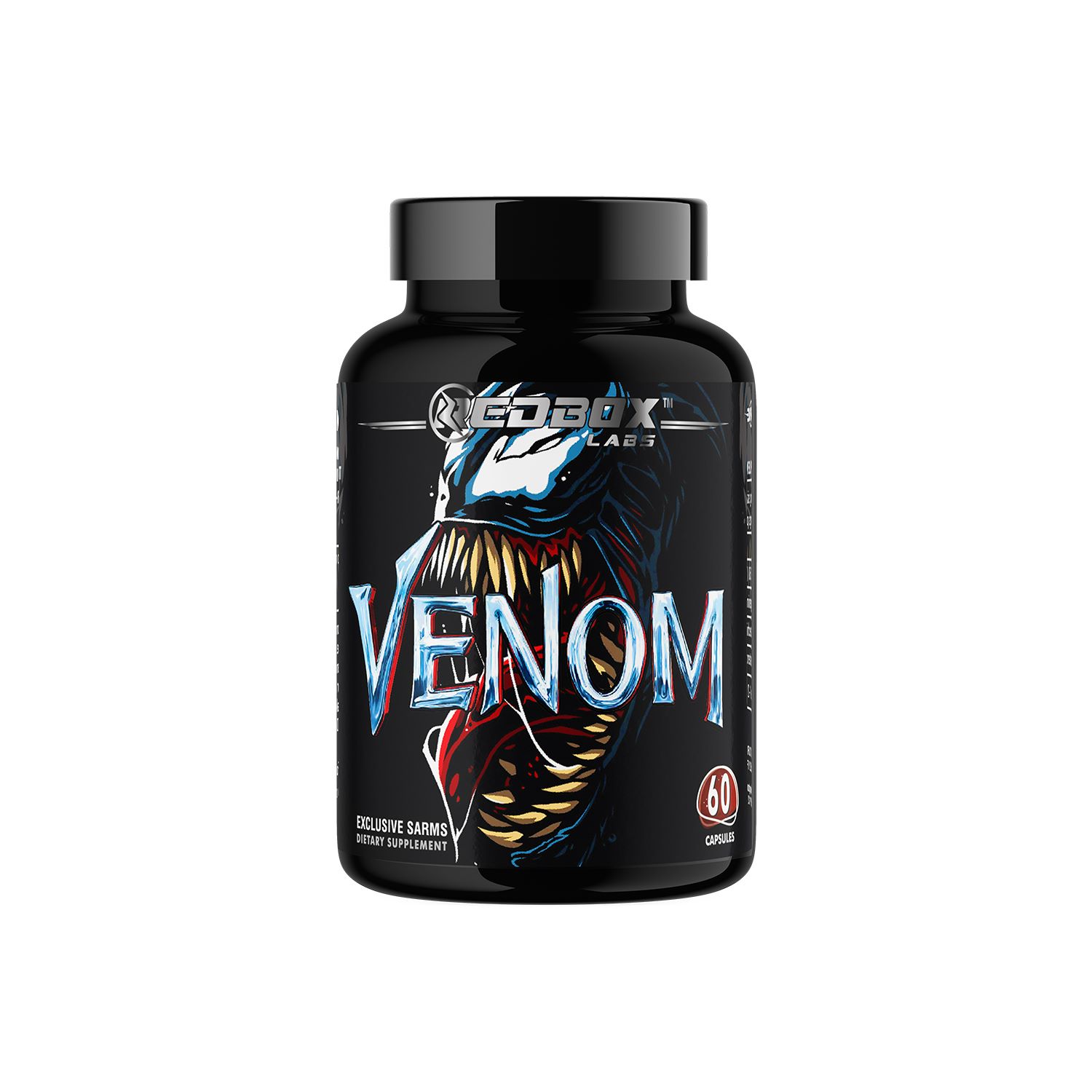
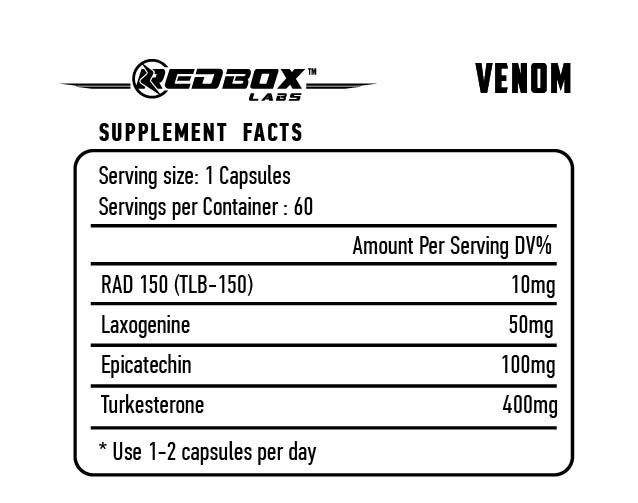
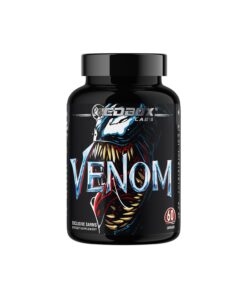
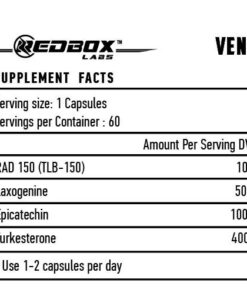
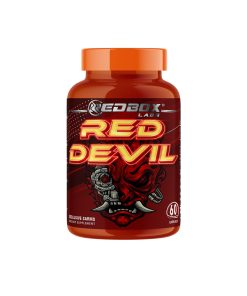
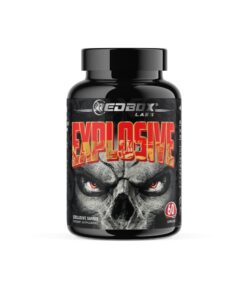
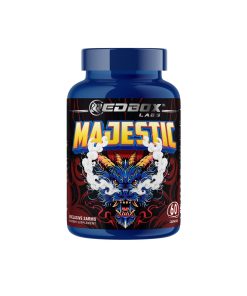
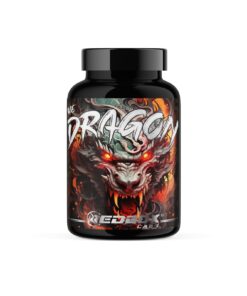
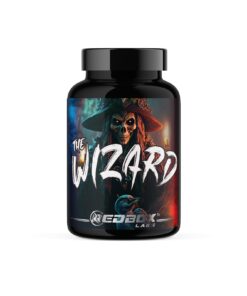
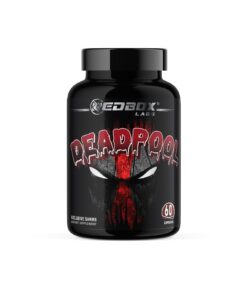
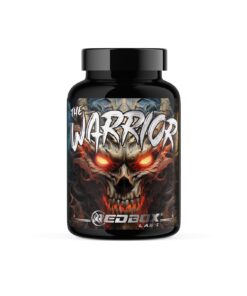
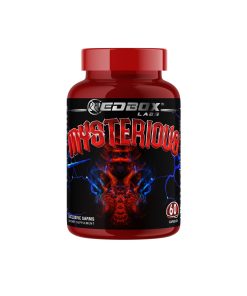
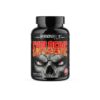
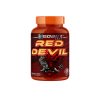
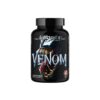
Reviews
There are no reviews yet.